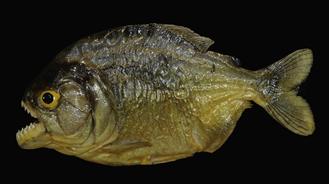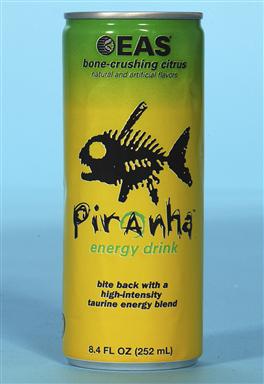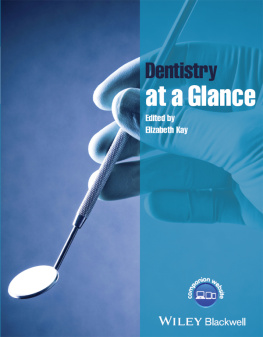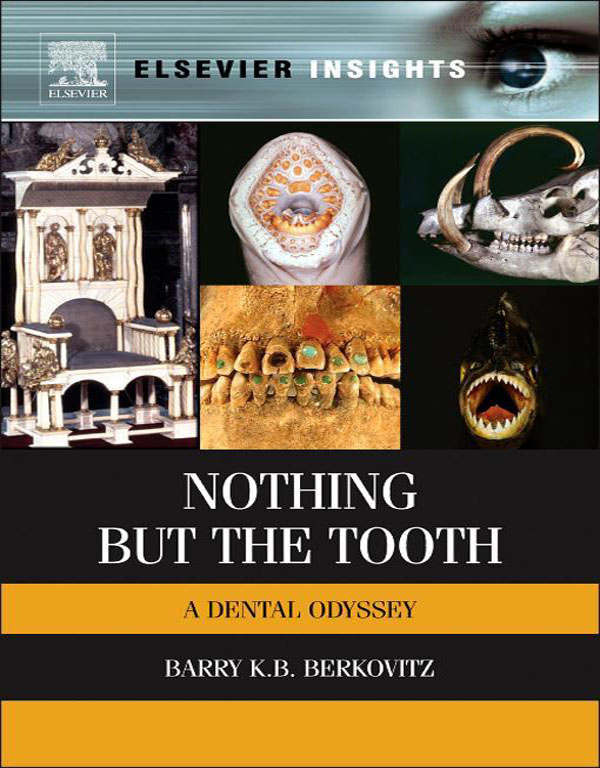Barry K.B. Berkovitz
Emeritus Reader in Anatomy, School of Biomedical Sciences, Kings College London, London, UK
Copyright
Elsevier
32 Jamestown Road, London NW1 7BY
225 Wyman Street, Waltham, MA 02451, USA
First edition 2013
Copyright 2013 Elsevier Inc. All rights reserved
No part of this publication may be reproduced or transmitted in any form or by any means, electronic or mechanical, including photocopying, recording, or any information storage and retrieval system, without permission in writing from the publisher. Details on how to seek permission, further information about the Publishers permissions policies and our arrangement with organizations such as the Copyright Clearance Center and the Copyright Licensing Agency, can be found at our website: www.elsevier.com/permissions
This book and the individual contributions contained in it are protected under copyright by the Publisher (other than as may be noted herein).
Notices
Knowledge and best practice in this field are constantly changing. As new research andexperience broaden our understanding, changes in research methods, professional practices, or medical treatment may become necessary.
Practitioners and researchers must always rely on their own experience and knowledge in evaluating and using any information, methods, compounds, or experiments described herein.
In using such information or methods they should be mindful of their own safety and the safety of others, including parties for whom they have a professional responsibility.
To the fullest extent of the law, neither the Publisher nor the authors, contributors, or editors, assume any liability for any injury and/or damage to persons or property as a matter of products liability, negligence or otherwise, or from any use or operation of any methods, products, instructions, or ideas contained in the material herein.
British Library Cataloguing-in-Publication Data
A catalogue record for this book is available from the British Library
Library of Congress Cataloging-in-Publication Data
A catalog record for this book is available from the Library of Congress
ISBN: 978-0-12-397190-6
For information on all Elsevier publications visit our website at store.elsevier.com
This book has been manufactured using Print On Demand technology. Each copy is produced to order and is limited to black ink. The online version of this book will show color figures where appropriate.

Dedication
To my namesake Kenneth Bradbury killed in the defence of Teruel, Spain in 1938, during the Spanish Civil War, aged 17.
Barry Kenneth Bradbury Berkovitz
Acknowledgements
I am extremely grateful to the following for their help and constructive criticism:
Dr S.R. Berkovitz () and my wife, Sylvia, for her assistance throughout.
My special thanks to Mr M. Simon for his invaluable help with all the images and illustrations.
Barry K.B. Berkovitz
Preface
I retired in 2005 after spending over 40 years teaching and researching the structure and function of teeth. Over that time, I have amassed a collection of information that I thought might be of interest to a wider audience. I imagined that at some stage someone surely would ask me to give a talk on the subject. Having time on my hands, I decided to go ahead and prepare a non-clinical, illustrated, 45-min talk demonstrating how enjoyable the subject could be. The first thing I did was to write out a list of topics. However, when I looked at it, I realised that I was ignorant of much of the finer detail of the subject matter and would have to spend time mugging it up. Four years later, I finally finished preparing my talk, but as yet I have not been invited to deliver it. Therefore, I decided to publish it in the form of this book. If each reader finds at least one topic of interest, I will feel that my efforts have not been in vain.
Barry K.B. Berkovitz
London, June 2012
About the Author
Dr Barry K.B. Berkovitz is an internationally recognised teacher, examiner and research worker in the field of dentistry, with over 40 years experience. This is his 14th book and he has written well over 120 major scientific articles. He qualified at the Royal Dental Hospital, London, and undertook postgraduate research at Royal Holloway College. He subsequently taught at the University of Bristol and Kings College London. He is the Honorary Curator of the Odontological Collection at the Hunterian Museum of the Royal College of Surgeons of England and an Honorary Research Associate in the History of Dentistry Unit at the Dental Institute, Kings College London.
1
The Jaws of the Piranha
Natural History of the Piranha
The name piranha conjures up an image of a steaming Amazon River in which a hapless animal straying into it suddenly disappears underwater in a broiling mass of blood. A few minutes later, all is calm the only trace remaining of the animal is a skeleton clinically stripped of its flesh. This was the type of description given by U.S. President Theodore Roosevelt in his 1914 book Through the Brazilian Wilderness. He stated They will snap the finger off a hand incautiously trailed in the waterThey are the fish that eats men when it can get the chanceBlood in the water excites them to madness. However, this spectacle could have been purposely orchestrated for him with a shoal of piranhas held in the river without food for some time. This episode convinced Roosevelt that piranhas are the most ferocious fish in the world.
The fearsome reputation of the piranha is matched today only by that of the great white shark, all the more impressive given the piranhas diminutive size (usually between 15 and 25 cm in length; ) compared to several metres of shark. Unlike the shark, piranhas usually attack prey larger than themselves.

Figure 1.1 A 19-cm long piranha showing the general body features. Note the deep-bodied outline, the forward-jutting lower jaw and the wide gape of the jaws.
The piranhas aggressive image has proved highly marketable, giving its name to, among other things, a thirst-slaying, fizzy drink with its bone-crushing citrus (); a U.S. womens ice hockey team, the Pittsburgh Piranhas; and two well-known rock bands.

Figure 1.2 A can containing a fizzy drink called Piranha with the logo bone-crushing citrus.
Piranhas have also inspired Hollywood. In the 1978 cult horror film Piranha, a shoal of piranhas, genetically engineered by the military to be oversized, fast-breeding and flesh-crazy, is accidentally released into a river leading to a holiday resort, with predictably gory results. In the 2010, 3-D film












